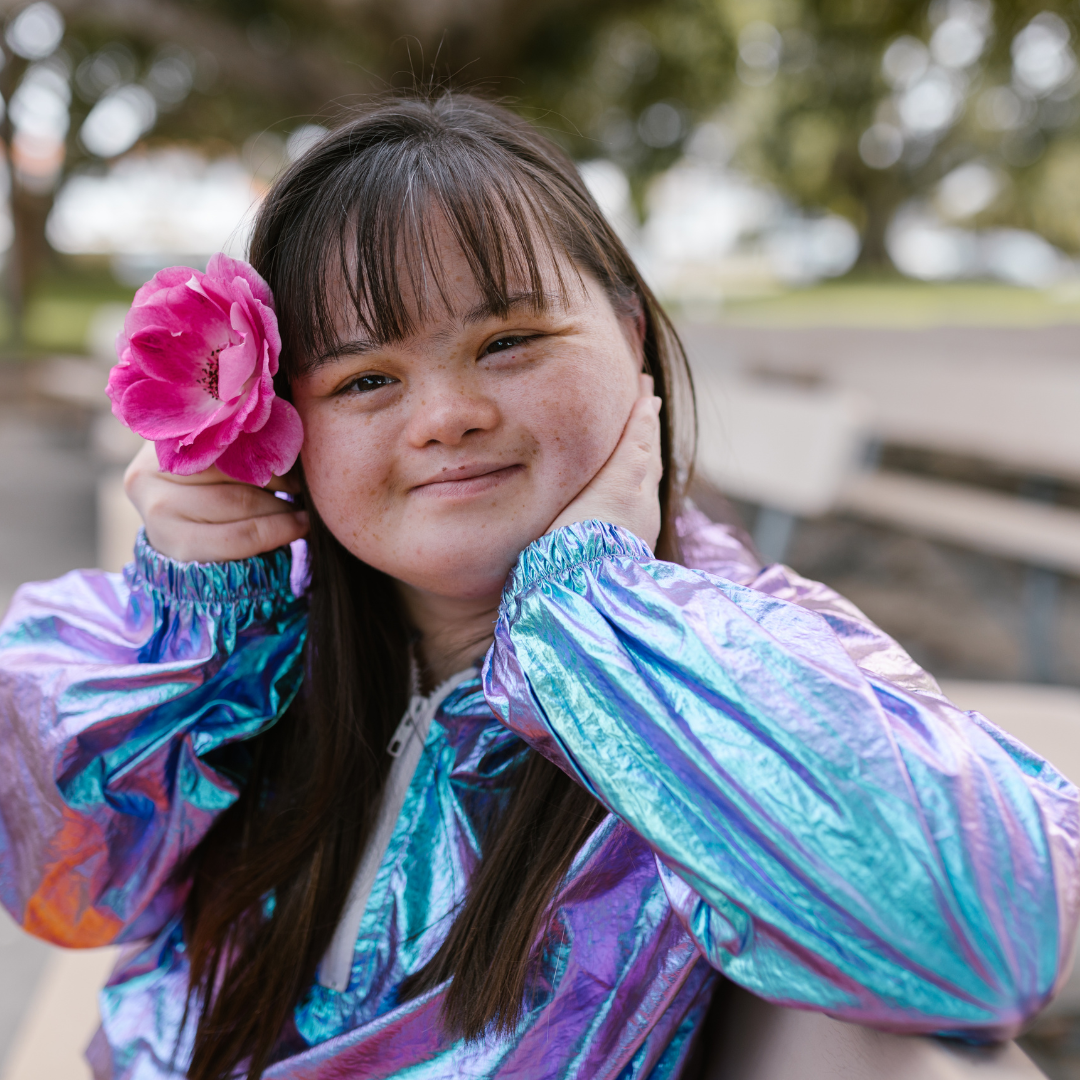Glossary of Autism Spectrum Disorders Related Terminology

.
Navigating the world of Autism Spectrum Disorders (ASD) can be both challenging and rewarding. Understanding the terms and concepts associated with ASD is crucial for parents, educators, therapists, Glossary of Autism Spectrum Disorders related Terminology and anyone involved in the care and support of individuals with autism. This glossary is designed to provide clear, concise definitions of key terms related to ASD. It serves as a valuable resource, helping to foster deeper understanding and communication across all those involved in the supportive network of those on the autism spectrum. By empowering ourselves with knowledge, we can create more compassionate, effective, and supportive environments for individuals with ASD to thrive.
.
Here’s a glossary of Autism Spectrum Disorders (ASD) related terminology, providing brief definitions for each term:
- Applied Behavior Analysis (ABA): A therapy based on the science of learning and behavior, aiming to improve specific behaviors in individuals, such as social skills, communication, reading, and academics as well as adaptive learning skills.
- Asperger’s Syndrome: A previously used diagnosis on the autism spectrum characterized by significant difficulties in social interaction and nonverbal communication, along with restricted and repetitive patterns of behavior and interests. It has been merged into Autism Spectrum Disorder in the latest Diagnostic and Statistical Manual of Mental Disorders (DSM).
- Autism: Often used interchangeably with Autism Spectrum Disorder, referring to a broad range of conditions characterized by challenges with social skills, repetitive behaviors, speech, and nonverbal communication.
- Autistic Disorder: A term once used to describe a more severe form of autism, now included within the broader category of Autism Spectrum Disorder.
- Autism Spectrum Disorder (ASD): A developmental disorder that affects communication and behavior, and includes a wide range of symptoms and skills.
- Childhood Disintegrative Disorder: A rare condition characterized by late onset (at least age 3) of developmental delays in language, social function, and motor skills.
- Diagnostic and Statistical Manual (DSM): A manual used by clinicians and researchers to diagnose and classify mental disorders.
- Developmental, Individual Differences, Relationship-based (DIR): A framework that helps clinicians, parents, and educators to construct a program tailored to the child’s unique challenges and strengths.
- Early Intensive Behavioral Intervention (EIBI): A type of ABA for very young children with ASD, usually delivered at home, that aims to increase positive behaviors and reduce negative behaviors.
- Echolalia: The repetition or echoing of verbal utterances made by another person, often seen in individuals with ASD.
- High Functioning Autism: A term used to describe individuals with autism who have relatively high cognitive abilities and speak fluently.
- Individualized Educational Program (IEP): A plan or program developed to ensure that a child who has a disability identified under the law and is attending an elementary or secondary educational institution receives specialized instruction and related services.
- Picture Exchange Communication System (PECS): A form of augmentative and alternative communication that uses pictures to help individuals communicate without speech.
- Perseveration: The repetition of a particular response (such as a word, phrase, or gesture) regardless of the absence or cessation of a stimulus.
- Pervasive Developmental Disorder – Not Otherwise Specified (PDD-NOS): A former diagnosis for individuals who meet some, but not all, of the criteria for autistic disorder or Asperger syndrome.
- Pivotal Response Training (PRT): A play-based treatment for autism that targets pivotal areas of a child’s development, such as motivation and the ability to initiate communication with others.
- Positive Behavior Supports (PBS): An approach to behavior management that uses evidence-based practices, including altering the environment, teaching appropriate skills, and reinforcing desired behaviors.
- Relationship Development Intervention (RDI): A family-based, behavioral treatment that focuses on building social and emotional skills.
- Rett’s Syndrome: A rare genetic neurological and developmental disorder that affects the way the brain develops, causing a progressive inability to use muscles for eye and body movements and coordination.
- Sensory Integration: Therapy that aims to help kids with sensory processing issues (common in children with ASD) by exposing them to sensory stimulation in a structured, repetitive way.
- TEACCH (Treatment and Education of Autistic and related Communication-handicapped Children): An educational treatment approach featuring structured teaching by using visual cues.
- Theory of Mind: The ability to understand that other people have thoughts, beliefs, desires, and intentions that are different from one’s own.
- Verbal Behavior: An approach to teaching communication skills to individuals with ASD, based on the principles of ABA and emphasizing the function of words or signs.
- Visual Supports: Tools used to increase the understanding of language, provide direction, and manage behavior among individuals with ASD, such as schedules, story strips, and organizational aids.
.
.

.
For decades, self-advocates with intellectual and developmental disabilities (IDD) have pointed out that behavior is communication, and all behavior happens for a reason. When people with IDD want help changing our behavior — or more often, when other people want to change our behavior — we sometimes get services called “behavior supports.” What people call “behavior supports” covers a wide variety of services, and not all of these services are truly helpful to people with IDD. How can we move away from services that try to change people’s behavior without understanding what people are thinking and feeling? What would it take to create behavior support services that help us live self-determined lives in the community?
ASAN studied this topic by doing an extensive literature review, a review of state services, and interviews with experts, including people who use behavior support services. In our new resource “Beyond Coercion and Institutionalization: People with Intellectual and Developmental Disabilities and the Need for Improved Behavior Support Services,” we take a deeper look at the history of behavior supports, what’s available today, and what needs to change.
Our report on behavior support services is available as a white paper, with an accompanying executive summary. We also have an accessible toolkit in both Easy Read and plain language formats. The white paper and toolkit tackle questions like:
- What are “behavior supports”?
- What problems are there with how behavior support services happen now?
- What changes could make behavior support services better?
- What are good goals for behavior support services?
- How can people with I/DD prepare for times when we might not be able to control our behavior?
And more!
We hope you will check out our new resource and share it with anyone who is interested in changing how we approach behavior supports for people with IDD.
.
.
